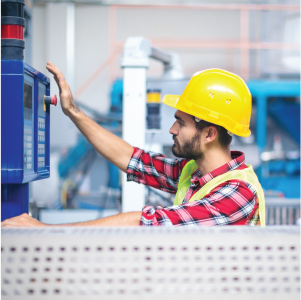SUSTAINABILITY

VINYL ROOFING SUSTAINABILITY EFFORTS
Vinyl roofing can improve building energy efficiency while positively impacting the quality of the urban environment. The longevity of vinyl roofing membranes – combined with their relatively low use of non-renewable resources, reflectivity, energy-efficient characteristics, suitability for green roof assemblies and recyclability – make them the sustainable choice among commercial roofing systems. The reflectance, emittance and/or solar reflectance index criteria for LEED, ENERGY STAR, Green Globes, and California’s Title 24 can all be met through the use of a reflective vinyl roofing membrane.
Members of the Chemical Film and Fabric Association’s Vinyl Roofing Division have taken a leading role in the environmental impacts of their products by initiating a sustainability standard for single ply roofing – NSF/ANSI 347, by conducting a lifecycle inventory (LCI) and populating the U.S. LCI database, by driving the development of industry product category rules (PCRs) for single ply roofing, by conducting a cradle-to-gate lifecycle assessment (LCA), and by developing a third-party certified environmental product health declaration.
Vinyl Roofing Sustainability resources
Vinyl Roofing Sustainability resources include Vinyl Roofing Life Cycle Assessment (LCA), NSF/ANSI 347 Sustainability Standard, Vinyl Roofing Environmental Product Declaration (EPD), and Green Building and Sustainability Standards. Visit the Chemical Film and Fabric Association and vinylroofs.org websites for more information.

